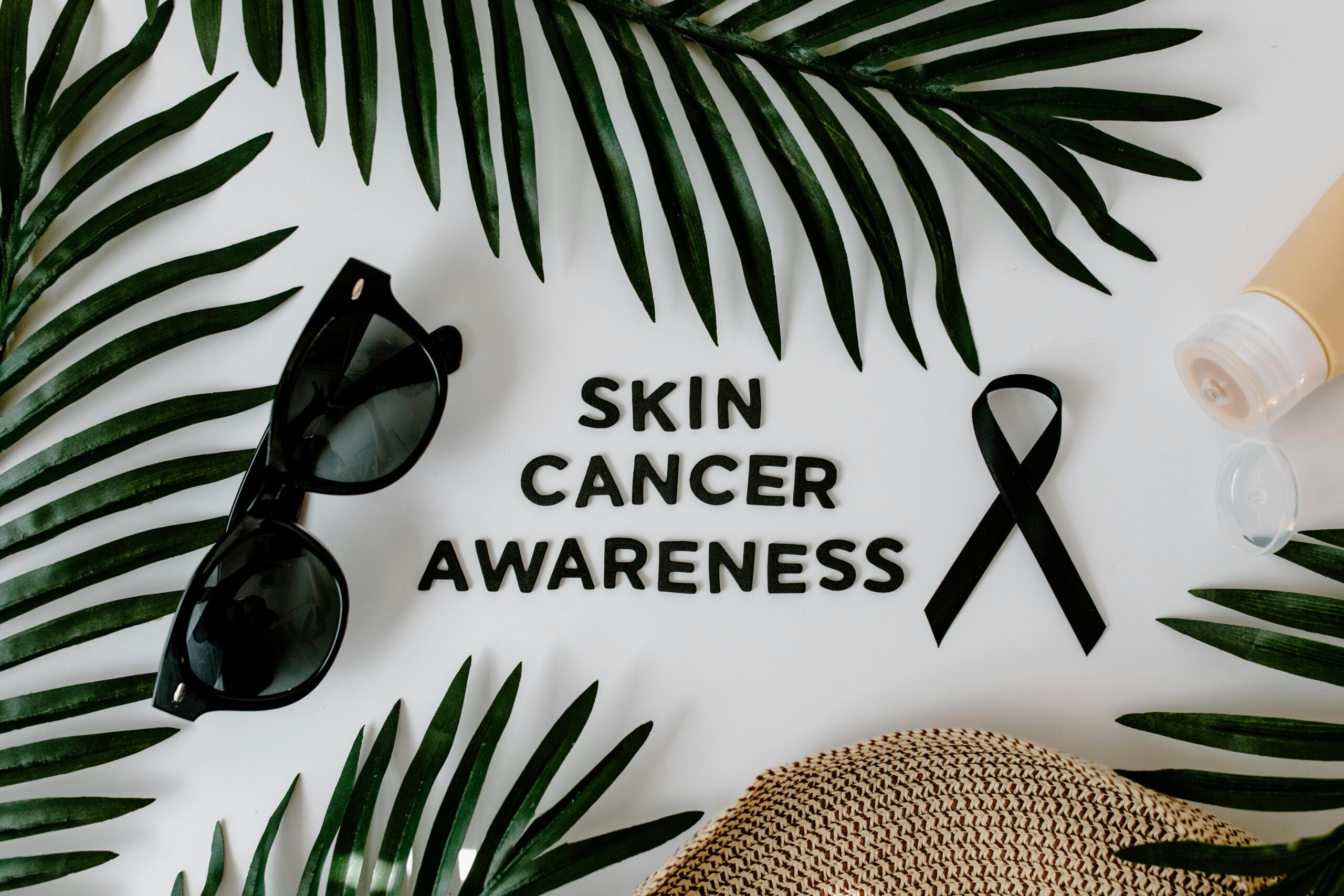Dermatology plays a key role in the prevention, detection, and treatment of skin cancer. Skin cancer is one of the most common cancers worldwide, and proactive measures can help reduce the risks. By focusing on education, screening, and treatment, dermatology professionals actively contribute to addressing this disease.
Preventative Education
Dermatologists provide education about the risks of UV radiation exposure. Prolonged exposure to UV radiation can cause DNA damage in skin cells, thereby increasing the risk of developing skin cancer. Dermatology services guide individuals on protective measures such as using broad-spectrum sunscreen, seeking shade, and wearing protective clothing. These steps help lower overall skin cancer risks.
Dermatologists also emphasize recognizing potential warning signs in moles or unusual skin changes. Patients learn to identify abnormal growths, such as asymmetry, irregular borders, color variations, and changes in size. Education helps individuals monitor their skin health and seek professional advice when needed.
Early Detection
Skin cancer, when caught early, is highly treatable. Dermatology aids early detection through screenings and skin checks. Dermatologists use tools like dermoscopy to assess atypical moles and lesions, identifying potential cancerous growths that might not be visible to the untrained eye. For people with a family history of skin cancer or high-risk factors, these screenings are key to managing the disease.
Routine dermatological visits are also beneficial for individuals with existing skin conditions, such as atypical moles or a history of sunburns, as these factors increase the risk of skin cancer. Through targeted assessments and discussions, dermatology professionals provide personalized monitoring and support tailored to each individual’s needs. Regular check-ups can also help detect potential skin issues early, encouraging timely intervention.
Treatment Options
Dermatology practitioners offer multiple treatment options for patients diagnosed with skin cancer. Early-stage cancers, such as basal cell carcinoma or squamous cell carcinoma, may be treated with non-invasive procedures. Common methods include:
- Photodynamic therapy. Photodynamic therapy is a two-stage treatment that combines light energy with a medicine called a photosensitizer.
- Curettage: A procedure where a doctor scrapes away unwanted tissue, often used to treat skin lesions.
- Topical medications: Creams or ointments applied directly to the skin to treat specific conditions like acne or psoriasis.
These treatments aim to remove or destroy cancerous cells, leading to effective recovery outcomes.
For more advanced skin cancer cases, surgical options are recommended. Dermatologists may perform excisional surgeries to remove larger affected areas. Specialized procedures, such as Mohs surgery, a targeted approach for removing cancerous tissue layer by layer, achieve high success rates while preserving healthy tissue. Dermatologists work with patients to determine the best treatment based on the type, location, and extent of their skin cancer.
Prioritize Your Health With Dermatology Care
Skin cancer prevention and care begin with regular dermatology visits. If you haven’t scheduled a screening, take proactive steps today and connect with a board-certified dermatologist. Whether it’s for guidance, regular skin assessments, or treatment options, these appointments provide tailored care. Taking care of your skin can make a big difference in the fight against skin cancer. Contact your local dermatology clinic today to give your skin the attention it deserves.
- Choosing the Right Plastic Surgeon for Your Cosmetic Procedure
- Understanding Different Types of Laser Treatments for Skin Rejuvenation
- Why a Family Dentist is Key for Maintaining Oral Health
- The Benefits of Regular Visits to a Wellness Spa
- Exploring the Emotional and Psychological Triggers of Eating Disorders


Leave a Reply